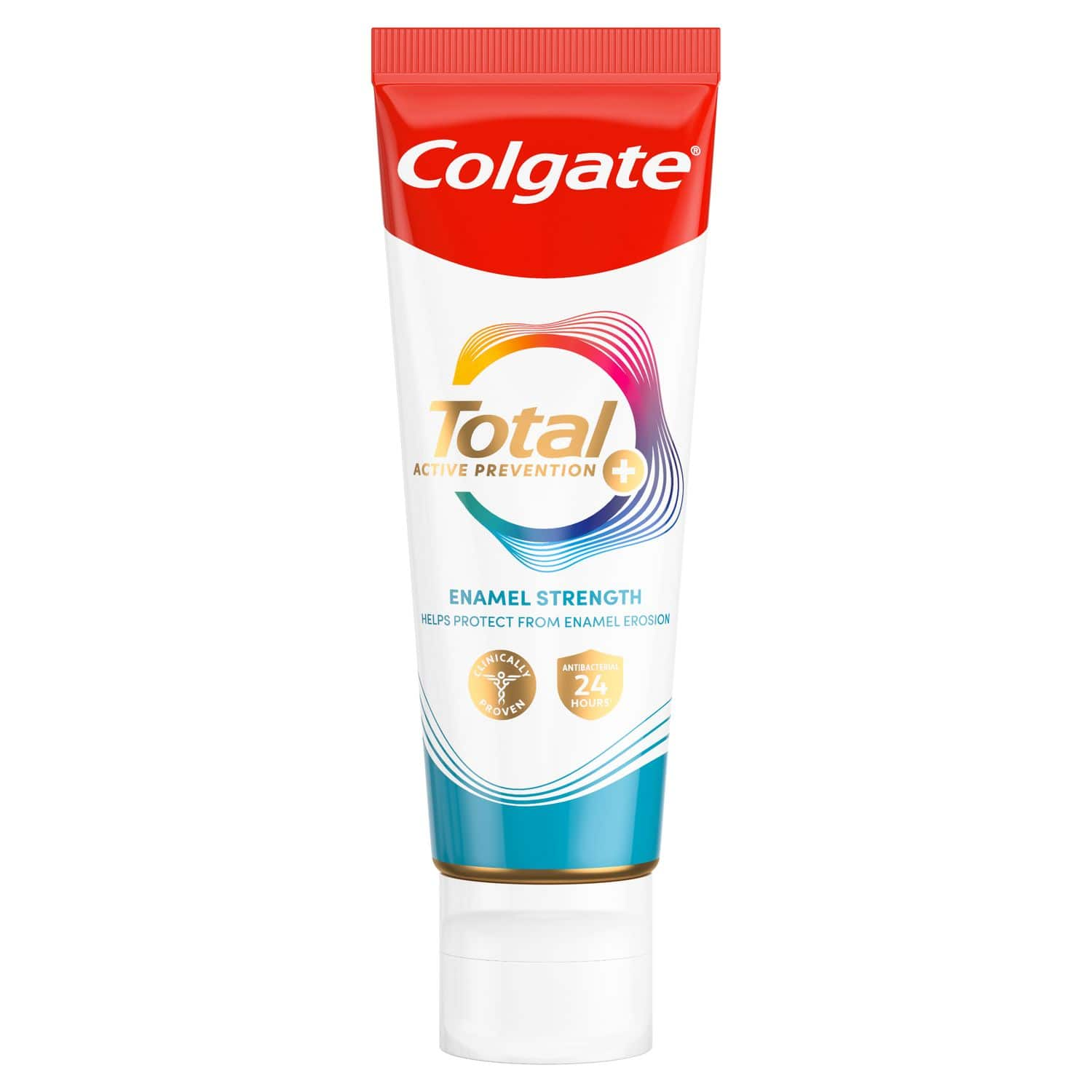1. Dental Caries
Dental caries is the primary result of tooth decay, and one of the most common oral infections out there. According to government data, In 2015-2016, tooth extraction was the most common reason for hospital admission for children aged 5 to 9 years old. Tooth decay is caused by the bacteria "Streptococcus mutans."
2. Gingivitis
A variety of bacteria cause gingivitis – the medical term for early gum disease – and when they settle in the gum's crevices (at the gumline and below it), these bacteria produce toxins. The gums react to these toxins with inflammation and swelling, which is why your gums may bleed when you brush your teeth. Between 50 and 90 percent of adults have gingivitis, which, if left untreated, leads to periodontal disease. The Dental Health Foundation states that when certain bacteria are breathed into the lungs, they can cause pneumonia.
3. Periodontal Disease
Gingivitis that spreads below the gumline can affect the bone and supporting tissues, which can cause periodontal disease to occur. Pockets form around the teeth, giving way to inflammation and bone loss, at which point these teeth can loosen due to this bone deterioration. Eight to 10 percent of adults have periodontal disease, and it is the most common cause of tooth loss. It can also make a chronic lung condition worse, even if it's already present.
4. Hand, Foot, and Mouth Disease
Hand, foot, and mouth disease is a common childhood illness, according to the NHS. The virus "Coxsackie A16" is usually responsible. After one to two days of sore throat and fever, slightly painful blisters can appear inside the cheeks and on the tongue, as well as on the palms, soles of the feet, and buttocks. Fortunately, the infection often disappears within three days.
5. Herpangina
A disease related to hand, foot, and mouth disease, herpangina most frequently infects children aged three to 10 during summer and autumn. Fever, sore throat and difficulty swallowing are the first symptoms to appear, followed by tiny blisters at the back of the mouth – which form large ulcers when they rupture. A herpangina infection usually lasts three to five days.
6. Thrush
An overgrowth of the naturally occurring "Candida albicans" fungus causes thrush, and medical treatments such as antibiotics, chemotherapy and radiation can trigger an outbreak. White, curd-like plaques appear on the tongue, inner cheeks, palate and back of the mouth. Thrush is the most common infection in people with HIV.
7. Mouth Ulcers
Mouth ulcers are lesions that form on the gums and other mouth tissues. Dentists call them apthous ulcers. Most common in children and adolescents, their cause isn't quite clear, but stress, hormones, immune problems, food hypersensitivities and related infections are all possible triggers. Usually, the sores heal in 10 to 14 days.
8. Oral Herpes
Oral herpes is an infection caused by the herpes simplex virus, and around 70 percent of adults in the UK carry the disease, according to the Herpes Viruses Association. The first infection can cause flu-like symptoms, blisters and ulcers on the gums and tongue, or there may be no symptoms at all. Once infected, the virus has a permanent presence in the body, but the infection itself can stay dormant with proper care. Recurring outbreaks are usually milder and last from a week to 10 days. Fluid-filled blisters appear around the mouth and, after a day or two, rupture and form scabs that cause no further discomfort.
Kids aged one to three who carry the simplex virus sometimes develop a condition called herpes gingivostomatitis, wherein the gums swell and reveal small blisters of their own. The child may have a fever, feel irritable, and become tired more easily. A few days after symptoms appear on the gums, ulcers usually appear around the mouth. After these symptoms disappear, the virus stays in the body, but stress, trauma, sunlight, and cold can cause it to flare up.
Brushing twice a day with a fluoride toothpaste and flossing once a day will both help to prevent tooth decay, gum disease, and periodontal disease. With this routine in tow, your dentist or doctor can help treat other oral infections as needed.
ORAL HEALTH QUIZ
What's behind your smile?
Take our Oral Health assessment to get the most from your oral care routine
ORAL HEALTH QUIZ
What's behind your smile?
Take our Oral Health assessment to get the most from your oral care routine













